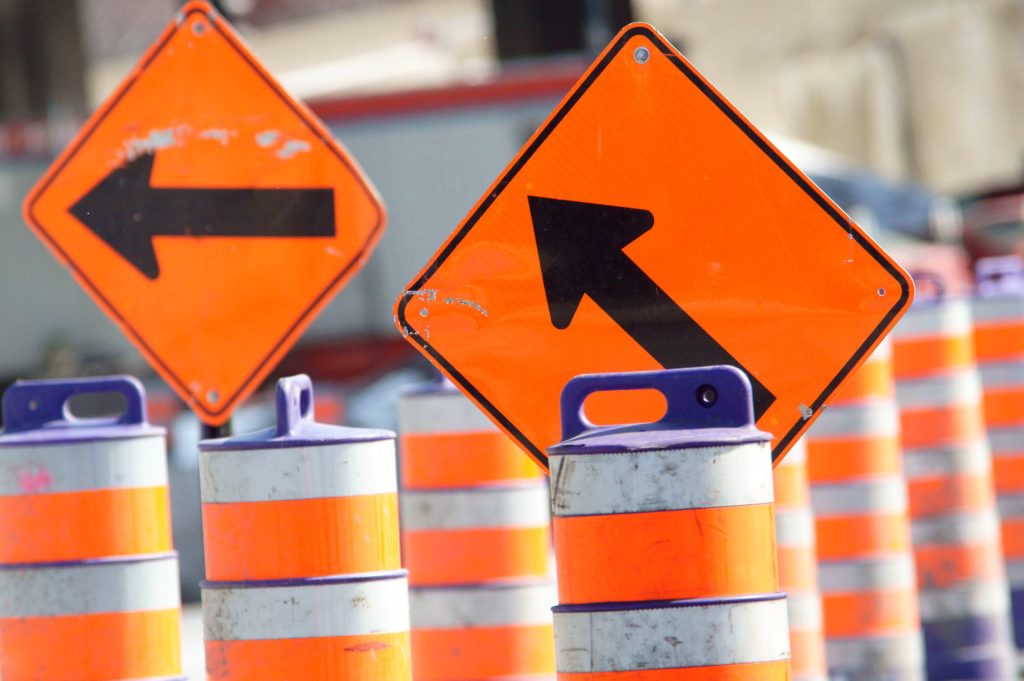Census 2021: Quebec’s share of Canadian population declines

Posted February 9, 2022 11:03 am.
Data from the 2021 census shows that Quebec’s share of the Canadian population declined for the 11th consecutive census.
Quebec was home to 23 per cent of Canadians in 2021, down from 23.2 per cent in 2016, as its population grew by 4.1 per cent between 2016 and 2021. While that was ahead of the previous census, when Quebec grew by 3.3 per cent, it remained below the national growth rate of 5.2 per cent.
The Montreal region saw its population grow 4.6 per cent between 2016 and 2021, up from 4.2 per cent in the previous census.
Statistics Canada said that growth was driven by immigration from 2016 to 2019, but that the province’s largest urban area saw its population decline by 0.6 per cent between July 1, 2020, to July 1, 2021, as it lost people to other Quebec regions.
The federal statistics agency said downtown Montreal had the highest growth rate in the metropolitan region, 24.2 per cent. It’s the second highest downtown growth rate in the country. Suburbs more than 30 minutes from downtown Montreal grew by seven per cent, a faster pace than the other parts of the city and suburbs closer to downtown.
Here’s a look at the data:
2021 population: 8,501,833
2016 population: 8,164,361
Population percentage change: 4.1
Total private dwellings: 4,050,164
Private dwellings occupied by usual residents: 3,749,035
Population density per square kilometre: 6.5
Land area in square kilometres: 1,298,599.75
Communities that grew the most: Saint-Apollinaire, 30.4 per cent Bromont, 25.6 per cent Carignan, 24.1 per cent Saint-Zotique, 21.2 per cent Mirabel, 21 per cent
Communities that grew the least: Sainte-Anne-des-Monts, -4.9 per cent Port-Cartier, -4.2 per cent Baie-Comeau, -3.9 per cent Kirkland, -3.7 per cent Chibougamau, -3.6 per cent



